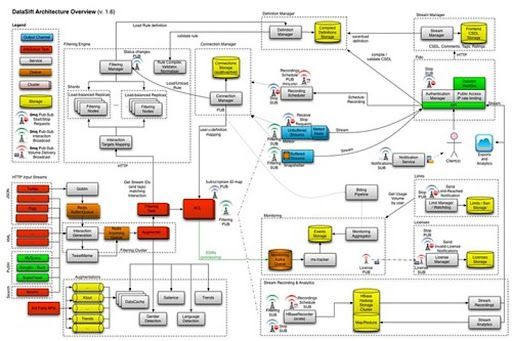
What are the key pillars of Microsoft Fabric?

WHAT IS A MICROSOFT FABRIC?
Microsoft Fabric
refers to a collection of technologies and frameworks developed by Microsoft to facilitate the creation, deployment, and management of distributed systems and applications. It is a platform-agnostic set of tools and services that enables developers to build scalable and reliable applications that can span multiple machines or data centers.
What are the key pillars of Microsoft Fabric?
- “Everything-as-a-service” – Simply said: “It just works”! You don’t need to care about the hardware, infrastructure, or complex administration. By taking advantage of the instant provisioning and straightforward onboarding, the focus can be shifted to the data analysis itself, ensuring that business can quickly get results. In this scenario, the integration and optimization happen automatically.
- Centralized administration – the idea is to govern one tenant, which contains all organizational data artifacts. So, various data professionals across the organization don’t need to worry about security or compliance challenges, because everything is handled in one place.
- Low-code + Pro Dev – In large enterprises, it’s always this kind of challenge – there are many more business users around, self-service users, that can’t rely on the small number of pro developers to meet all their requirements.
- Lakehouse is the architecture of choice – Nowadays, there is an ongoing debate in the analytics world: data lakehouse vs data warehouse. Explaining the pros and cons of each of these concepts is out of the scope of this article, as well as providing the answer to which one is “better” We’re examining Microsoft Fabric, so we’ll stick with the facts – and the fact is that the lakehouse is the architecture of choice in Fabric.
- Aimed at a variety of data personas . Based on the specific analytic task that needs to be performed, you may choose between multiple Fabric engines. The key thing to keep in mind is that once the data is stored in OneLake, it can be directly accessed by all the engines, without needing to copy or move the data from the lake.
LAKEHOUSE, WAREHOUSE…UNDERSTANDING DIFFERENT
- Lakehouse – in this scenario, data is loaded, transformed, and curated by leveraging Spark notebooks
- Warehouse – in this scenario, data is loaded, transformed, and curated by leveraging the T-SQL language
The good thing is that the Lakehouse (Spark) exposes a SQL endpoint, so you can also leverage T-SQL to QUERY the data stored in Spark tables. I’ve intentionally emphasized the word QUERY, as in this scenario, when you’re using T-SQL over Delta files stored in the Lakehouse, there is a limited set of T-SQL features supported: for example, no DML operations are allowed (insert/update/delete), but you can create views and TVF, similarly to current setup in Synapse Serverless SQL.
How much will it cost me?
Power BI P1 SKU (which is currently priced at ca. 5.000 $/month) is equivalent to F64 SKU (8 v-cores). The great thing about Fabric SKUs is the much lower entry point. Unlike Power BI P SKUs, where the entry point P1 SKU will cost you, as mentioned above, 5.000 $/month, the entry point into the Fabric world (F2 SKU with 1/4 v-cores) will cost you ca. 300 $/month! This is a huuuge difference and will probably enable many organizations to dive into the Fabric!